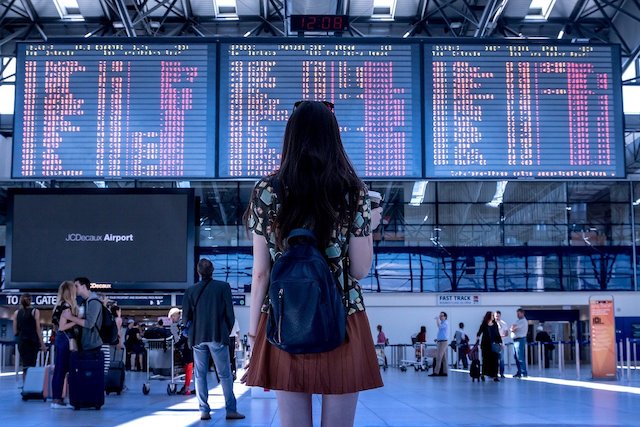From 12th October 2025, millions of foreign visitors entering France and other Schengen countries will face a major change at the border as the European Union’s new Entry/Exit System (EES) finally comes into effect. The digital system will replace traditional passport stamping with automated checks that record arrivals and departures electronically — a move aimed at tightening security and tracking visa-free stays.
The EES will initially be introduced in phases over as long as six months, meaning it may not be operational at every border point or for all travellers from day one. Still, officials are urging visitors to prepare ahead of time.
Who will have to register
The new system applies to non-EU travellers entering the Schengen area for short stays, including those from countries benefiting from a 90-day visa waiver. This means citizens of the UK, United States, Canada, Australia, Japan and other non-EU states will need to register on arrival — even if they own property in France or travel frequently from Monaco. Registration will also be required for non-EU spouses and civil partners of EU citizens, as well as for visitors from countries whose nationals must obtain a short-stay visa, such as China, Russia, India, Morocco and Tunisia. Children are also included, though those under 12 will be exempt from fingerprinting.
Who will be exempt
The EES will not apply to EU, EEA (Norway, Iceland, Liechtenstein) and Swiss citizens, including dual nationals, as well as citizens of Monaco, Andorra, San Marino and holders of Vatican passports. Residents of Monaco and Andorra who hold an EU residence permit or a long-stay visa are also exempt, along with certain cross-border workers, heads of state, and transit passengers who remain within airport or train transit zones.
Why it matters for Monaco
With France surrounding the Principality on three sides, most Monaco residents and regular visitors pass through Schengen borders without thinking twice. For non-EU citizens, however, the EES means a new layer of formalities — and potentially longer queues — at airports, ports, and train stations. Officials say the system will help enforce the “90 days in 180 days” rule for visa-free travellers, reducing overstays.
The EES will pave the way for the launch of the separate ETIAS travel authorisation, now scheduled for next year, which will also apply to visa-waiver visitors.
See also:
New ETIAS and EES rules: What they mean for travel in and out of France
Sign up for the Monaco Life newsletter. For the latest news, follow us on Facebook, Twitter, and Instagram.
Photo source: Unsplash
